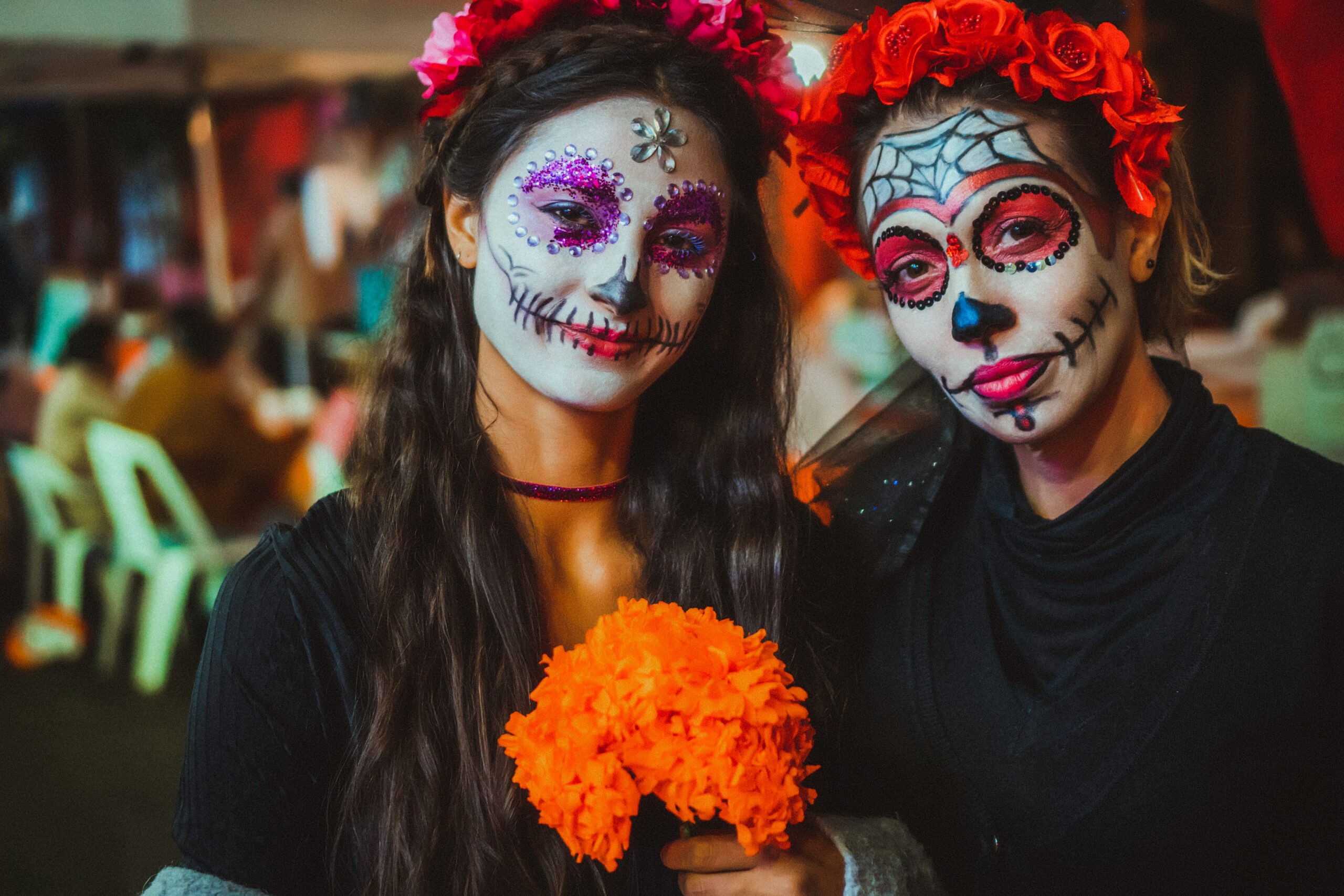Have you heard about the Day of the Dead? It is the day when Mexicans honor the lives of their beloved ancestors and family members by celebrating their memory for a whole year. To remind about our loving relationships with them in this world, Mexico celebrates an exciting festival known as the Day of the Dead or Día de Los Muertos. The faithful of this culture believe that the souls of their loved ones visit them on the familiar day, which happens on an annual basis.
It is celebrated every November 1 to 2. This tradition is tied to Mexican culture and the Catholic religion. Traditionally, families of the deceased honor their memory with altars. The altars include food that the family members enjoyed while alive and loved ones’ favorite outfits. It is a day to remember and celebrate the priceless memories we have made with our dead relatives and appreciate the people around us.
People celebrate Día de Los Angelitos or Day of the little Angels on November 1. This day honors the memory of deceased children. Families set up altars decorated with marigolds and other offerings for the spirits of these children for 24 hours starting from midnight. Some offerings include favorite candies, toys, and other food. November 2 is the day of honoring the adult spirits, due to which people call it Día de Los Difuntos or All Souls Day. For adults, offerings include mezcal, tequila, Pan De Muerto, and other items.
This festival is celebrated with their deceased relatives’ food, music, and dances. At noon, people hold a public celebration by roaming on the streets holding hands with family members. During the festival, people often sport Calavera painted faces.
This festival is celebrated worldwide. Some common symbols of this festival include the following:
- Ofrenda (Offering): it refers to an altar people set in their homes to welcome the spirits of their deceased relatives. They decorate the upper part with personal items and the lower part with favorite food offerings. Altars typically have Crucifixes on tops and pictures of saints. People also place an oilcloth over the altar.
- Flor de Muerto (Flowers of the Dead): People dress Mexican Marigold on the altars to attract the spirit of the deceased loved ones. According to the culture, the vibrant color and intoxicating scent of the flower are attractive to the souls.
- Calaveras (Skull): skulls are an integral part of this festival. People don’t perceive them as threatening or creepy. These colors represent the deceased members, and people often paint them with different colors representing emotions. Skulls vary from small to large, indicating infants and grown-ups.
Origin of the festival
The festival of Día de Los Muertos dates back to the days of the Aztec civilization, meaning it is more than 3000 years old. The Aztec people saw death as a crucial part of the circle of life. In their culture, Chicunamictlán, the land of the Dead, was where the souls of deceased people gathered before passing through 9 challenges to reach Mictlán. Mictlán is the final resting destination of the souls. The Aztec people performed rituals to ease the journey for their deceased relatives.
This celebration is one of the most popular festivals in Mexico. The Day of the Dead is a popular Latin American tradition that is not just practiced in Mexico but also in Central and South America. While some may see this as a historical tradition or as a festival that serves no purpose, it is based on a prehistoric belief revolving around honoring the spirits of dead loved ones. For this purpose, the ancient Mesoamericans built large tombs for those who had passed away so they could be remembered by their relatives and have sacrifices made to them.




